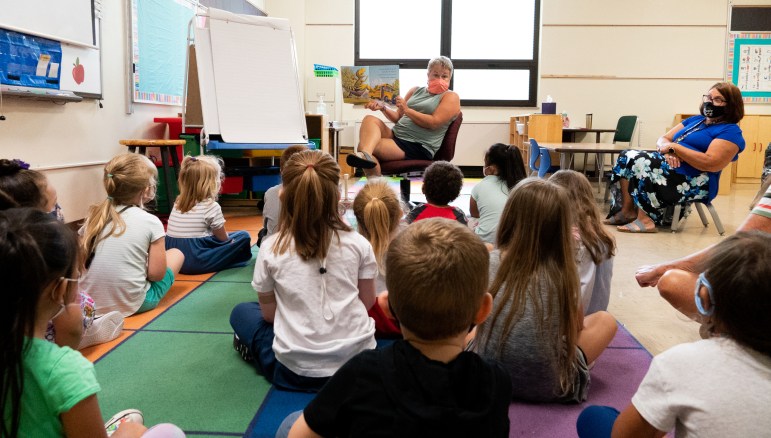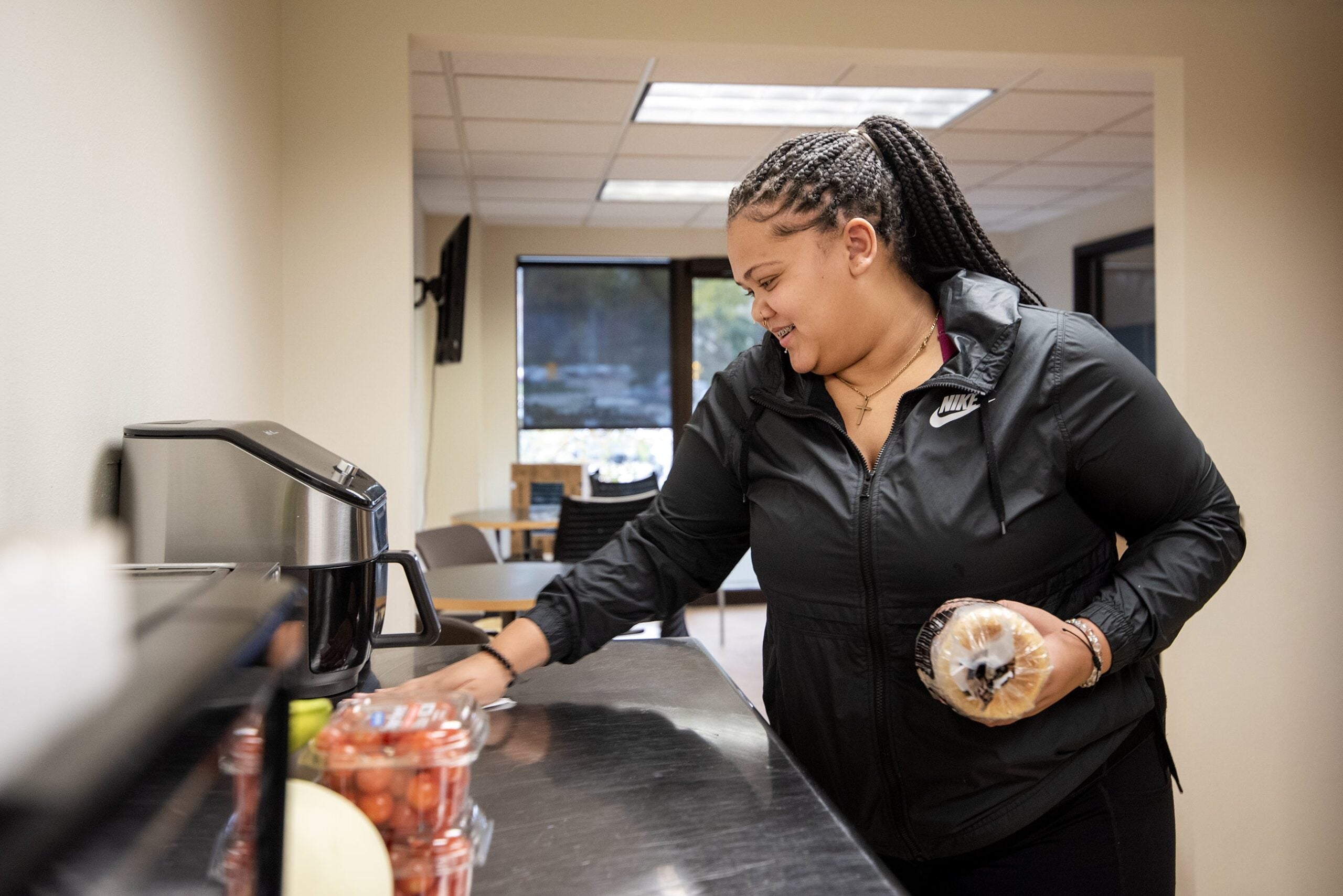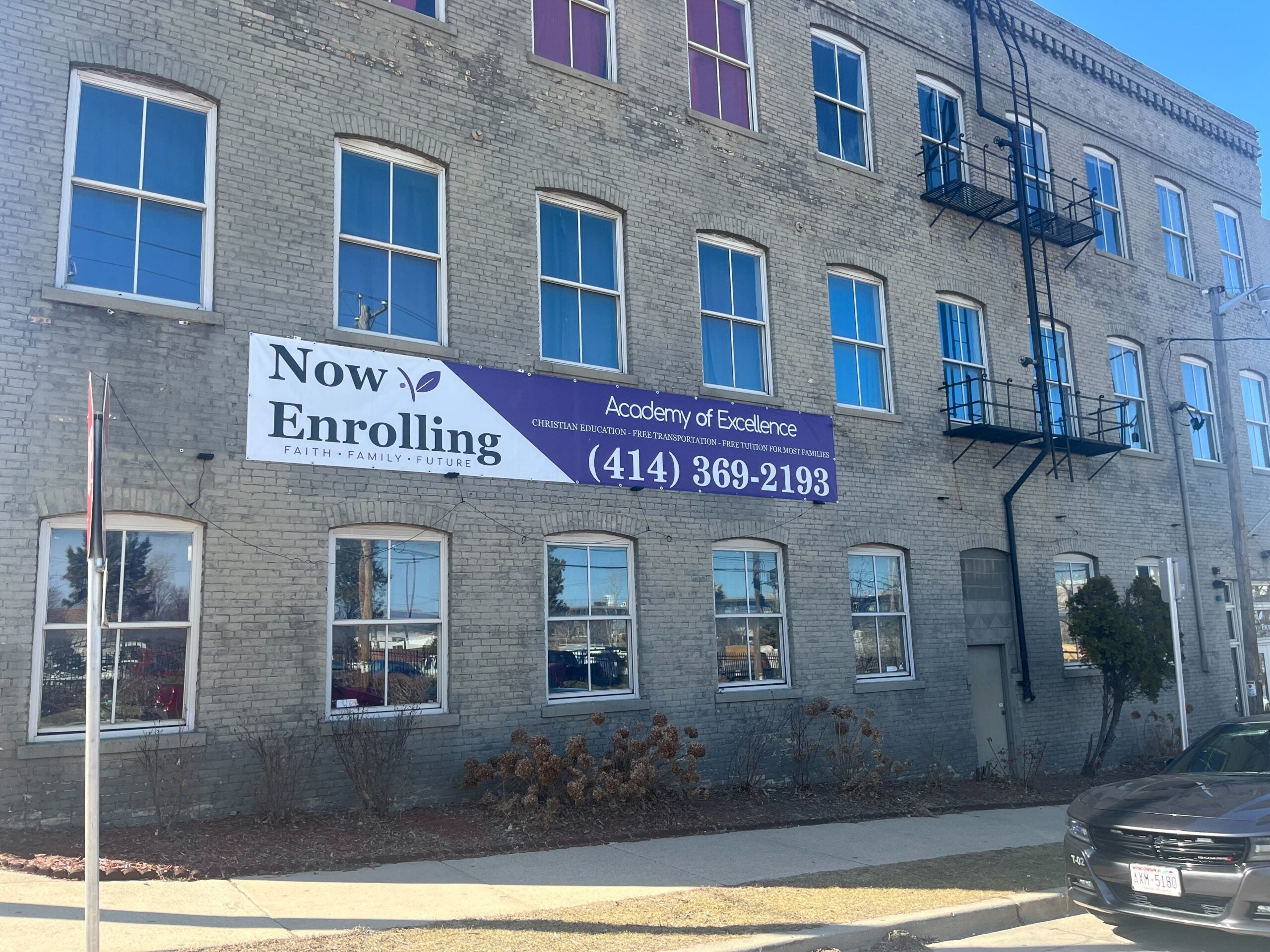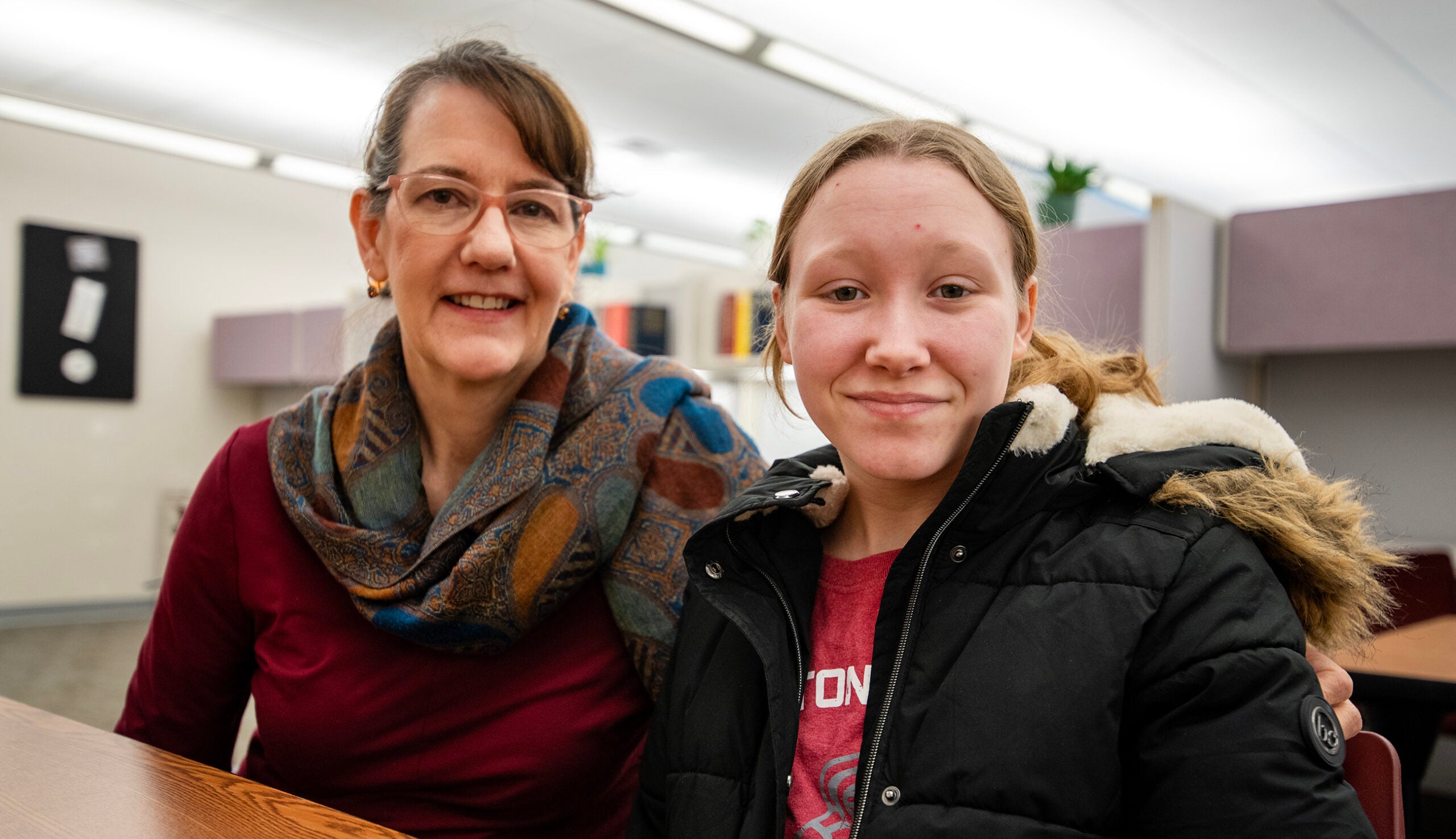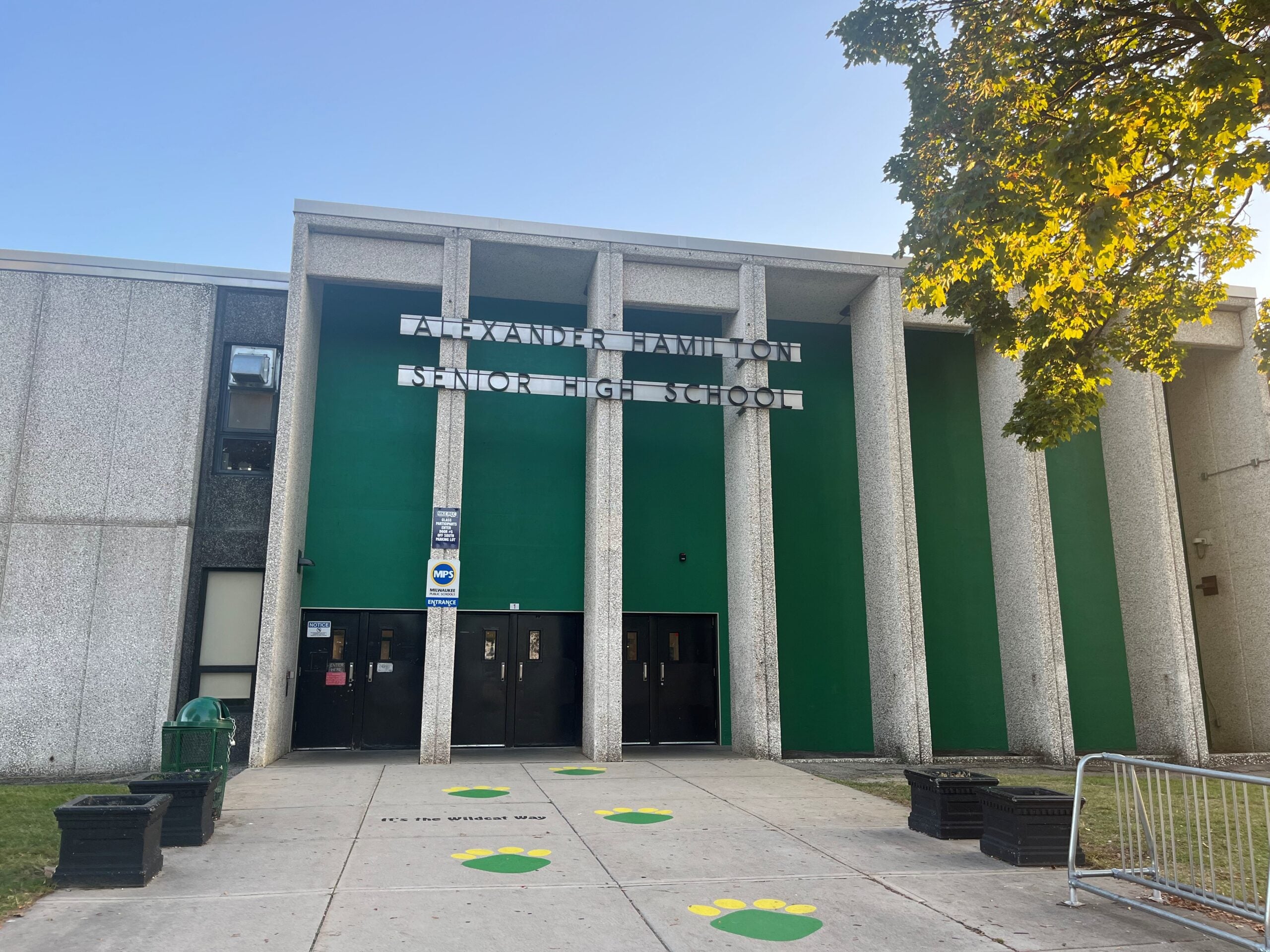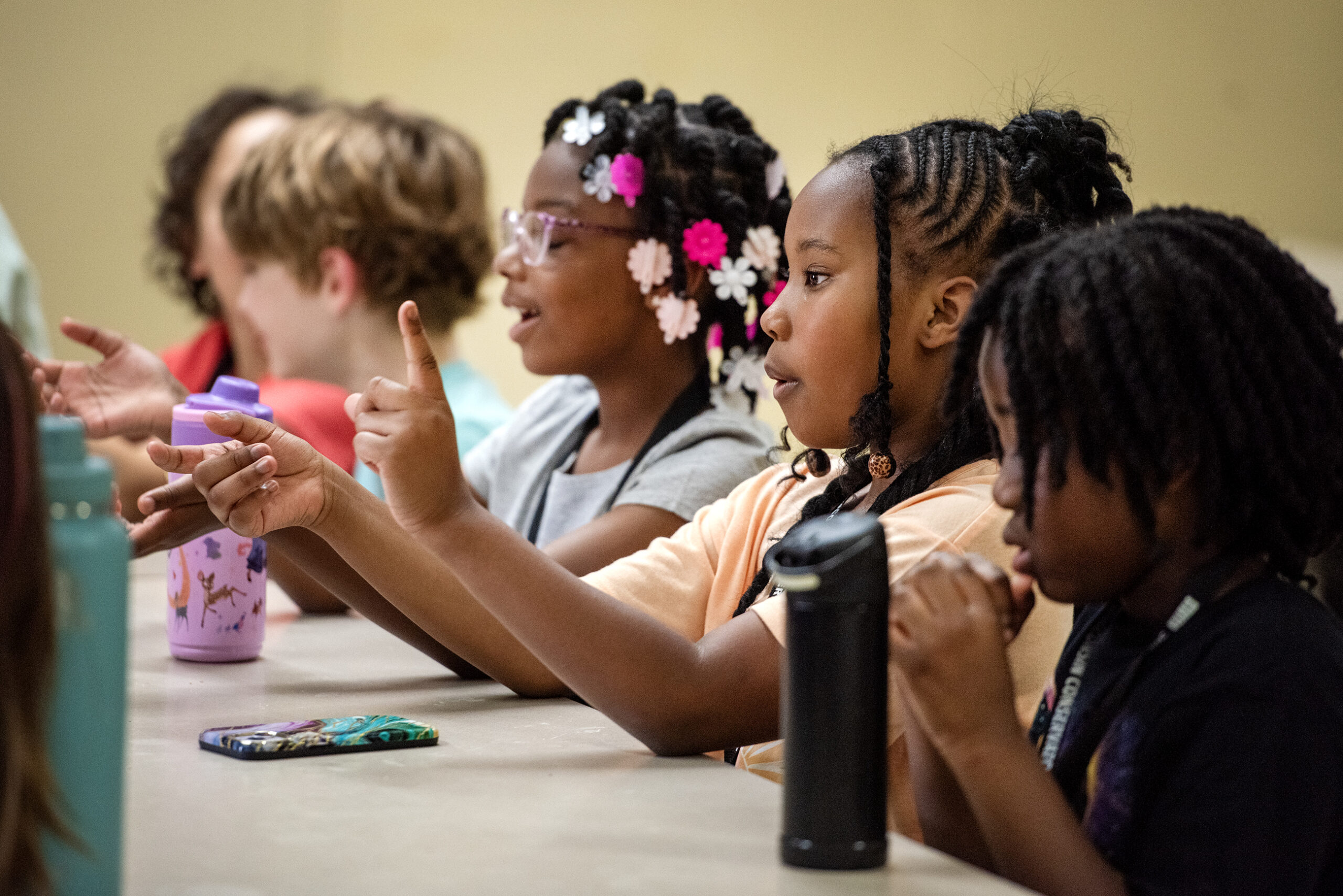Wisconsin public schools have lost more than 32,000 students since 2019 due to an increase in private and home school enrollment and a decline in the birth rate, according to a new report by the Wisconsin Policy Forum.
At the same time, there are between 4,500 and 11,600 “missing children” from schools.
Using public, private and home school enrollment data since the fall of 2019, the report found thousands of school age children were unaccounted for during the 2022-23 school year, accounting for nearly one-third of the public school enrollment decline.
Stay informed on the latest news
Sign up for WPR’s email newsletter.
“These students would seem to be missing either because the data on them was not collected or, worse, because they disconnected from the education system in Wisconsin entirely,” the policy forum report found.
Department of Public Instruction officials noted in the report that private and home schools are not held to the same standard as public schools when it comes to reporting enrollment data, so there are likely those students who are being educated, but are not captured by state counts.
Private and home schools don’t collect data on students until they reach first grade, which could be a reason for the decline of younger students. But Ari Brown, one of the authors of the policy forum report said enrollment in grades first through fourth are also down.
There could be many other reasons for children not being accounted for in Wisconsin schools, including truancy, children being kept home to watch younger siblings or migration out of state, Brown said.
“There really just doesn’t be a clear understanding anywhere of who these students are, and to what extent this is an issue,” Brown said. “We know that there were a lot of issues with mental health, chronic absenteeism, and I think what has surprised me the most is there are potentially thousands of students across the state who are not in school and there are not one or two items to explain that.”
Enrollment numbers for fall 2023 will be released Friday.
The biggest decline in public school enrollment came in the 2020-21 school year, when more than 25,000 students, or about 3 percent of the population moved to private or home schools.
The decrease was attributed by previous forum research to the apparent choice by many parents and guardians to delay sending their youngest children to pre-kindergarten and kindergarten at the height of the COVID-19 pandemic.
As the immediate impacts of COVID-19 subsided, many hoped and expected the enrollment numbers would rebound.
Instead, fall 2021 and fall 2022 data shows public school enrollment continued to fall by an additional 792 students in 2021-22 and another 6,339 students in 2022-23, down to 822,804. The total three-year decline was 32,155 students, according to the report.
Like public school enrollment, private school enrollment also fell in fall 2020, but to a smaller degree. Unlike public schools, private schools rebounded. Private school enrollment increased by more than 5,000 students statewide from fall 2020 to fall 2022.
Home school enrollment, meanwhile, soared in fall 2020 by 47.3 percent or 10,234, up to 31,878 students.
“While still a relatively small proportion of the total student population in Wisconsin, this increase indicates that some parents and guardians likely chose to educate their children at home rather than via public schools, thereby accounting for a portion of the 25,000-student drop in fall 2020 public school enrollment,” the report found.
In 2021, homeschool enrollment fell by about 3,000 from that pandemic high.
Will Flanders, research director for the Wisconsin Institute for Law & Liberty, said the findings show the result of choice and competition in Wisconsin’s education system.
“These new numbers from the Policy Forum validate that parents are voting with their feet for alternative options like private and independent charter schools,” Flanders said.
About one-third of the public school enrollment decline came from private and home school enrollment, Brown said. Another third came from declining birth rates, with the final third being those missing students.
Around the time of the Great Recession, there appears to have been a “demographic cliff” in the number of children born in the state. The high school graduating class of 2027 — born in late 2008 and early 2009 — was a few thousand students larger than the graduating class of 2028 born just one year later as the recession took its toll, the report found.
This decline will continue. According to recently released projections from UW-Madison’s Applied Population Lab, public school districts will lose on average 11,000 students annually over the next five years.
Dan Rossmiller, executive director of the Wisconsin Association of School Boards, said the junior class has the largest student population in the state, every class after is smaller.
Wisconsin’s public schools are funded primarily through a combination of local property taxes and state support in the form of general school aid.
Declining enrollments in public schools affects a school district’s finances. Wisconsin’s public school districts received an average of $16,859 in revenue per student in the 2021-22 school year, according to the state Department of Public Instruction.
About half of that money came from state aid; 40 percent came from local property taxes and the remainder came from federal funding.
“Over time, as a district loses students, it also loses the ability to spend money,” Rossmiller said. “The question is can those losses in revenue be offset by the offset in costs? That’s difficult. The cost of operating schools don’t necessarily go down.”
Wisconsin Public Radio, © Copyright 2025, Board of Regents of the University of Wisconsin System and Wisconsin Educational Communications Board.
